Frescos illustrate ancient workers in Dunhuang
From:Chinaculture.org NetWriter:Date:2016-05-06
To celebrate the International Labor Day on May 1, Dunhuang Academy China displayed a series of frescos that illustrate workers involved in various trades on its WeChat account, a Twitter-like application.In the frescos, there are farmers, hunters, craftsmen, acrobats and businessmen. Some are engaged in animal husbandry, some are working on gold, silver and jade processing.
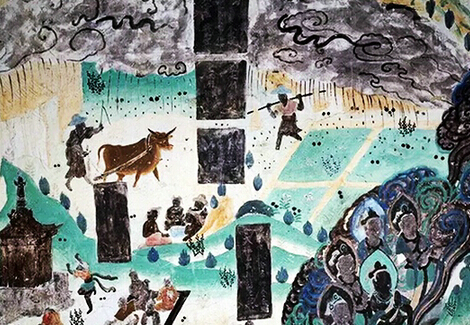
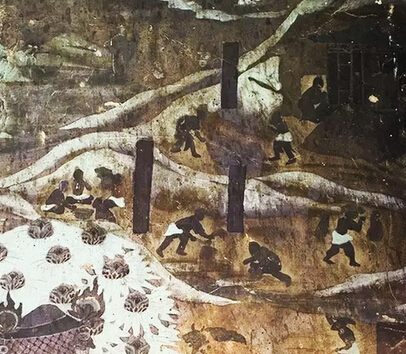
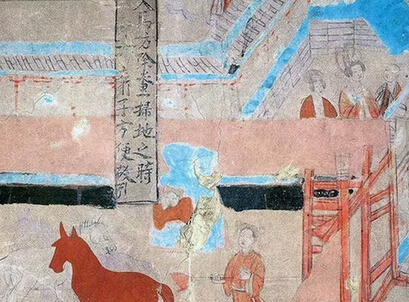
The illustrations were created based on the social reality of Dunhuang in ancient time. As the home of many races, Dunhuang has a prominent place in Chinese culture and also is a bridge that connects the Western countries on the Silk Road.
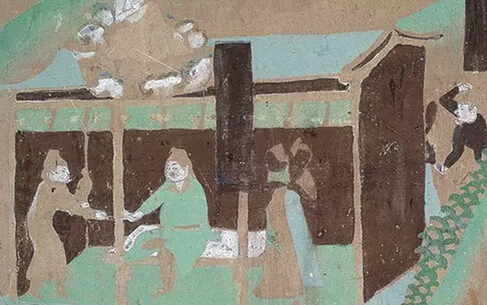
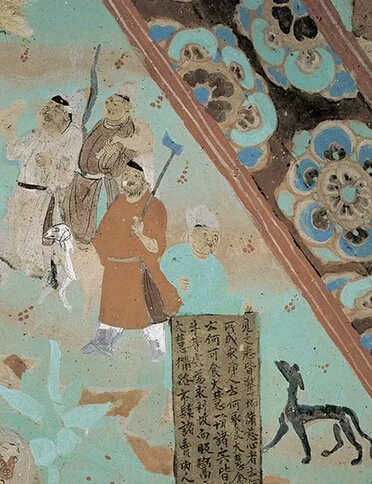
Before 111BC, animal husbandry was developed in Dunhuang where most of the residents were ethnics. In the Western Han Dynasty (206BC-AD24), Han people became the largest population in Dunhuang. They settled down and developed agriculture. Due to their work, Dunhuang turned into an oasis in the desert in the Tang Dynasty (618-907).

